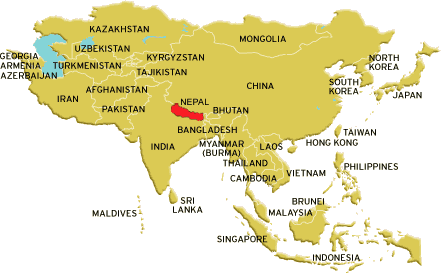Ilam is most popular for producing TEA in Nepal which is in Eastern part of Nepal. Where record of NTCDB 17.4 million kgs tea was produced from 17,451 hectares last year. Of the total production orthodox tea accounted for 20 percent. More than 95 percent of orthodox tea is exported to Germany, Japan, South korea and India. So now, Nepali orthodox tea is attracting German buyers of late after tea growers in the Eastern hills shifted to organic tea production. Nepali orthodox tea was gradually losing its charm among international buyers due to overuse of chemical fertilisers and pest. But now the scenario is changing.
A group of German traders which inspected tea gardens and tea processing plants in Ilam, agreed to buy tea from some producers. The team agreed to busy tea from Sundarpani Tea Producers, Cooperative in Fikkal, Himalayan Shangri-La Tea Producers of Sankhejung and Kanchanjunga Tea Estate in Panchthaar. The team also certified these factories as 'ORGANIC PRODUCER'. Himalayan Shangri-La which exported 40,000 kgs tea last year to German and other European countries is also set to increase its production and export this year. Company is providing facilities to small holder tea growers for organic tea production. Every year traders from Germany and other European countries visit tea estate in Ilam. They choose products that are free of chemical uses. Unlike past, foreign traders are now looking bulk production of organic tea.
Thomas Homse, who has been involved in promoting Nepali tea in the European market, said there were a few Nepali producers engaged in organic tea production although the product has a huge export potential in Nepal.







































